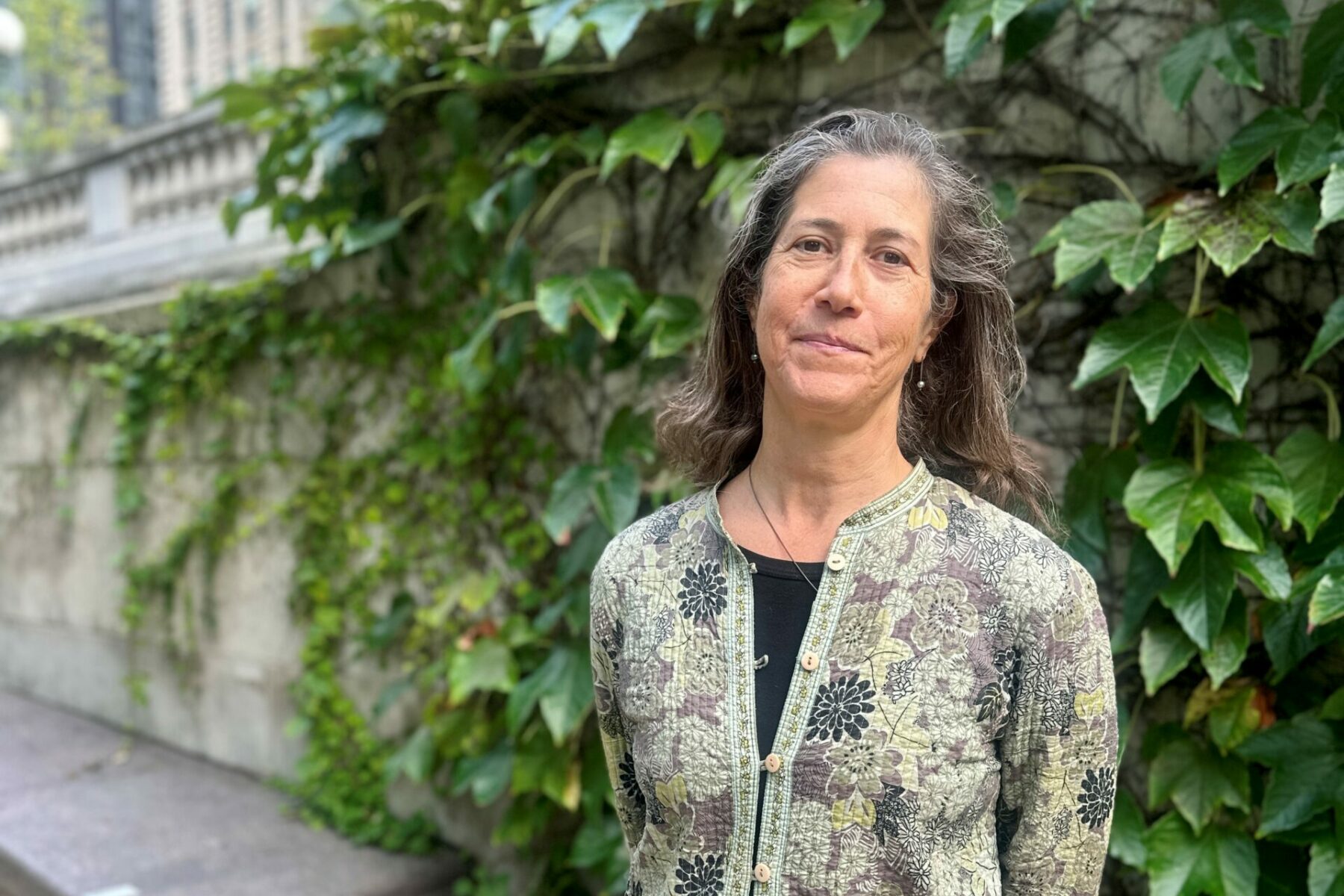April 13, 2020
Right Now The EPA Should Be Doing More to Clean Up Our Air, Not Less
The US EPA is in hyper-speed rollback mode.
Whether it’s action on climate, clean air, or clean water – not even a global public health crisis can stop them from rushing forward with proposals or final rules that will harm public health and our environment. Now the EPA is gearing up to leave existing standards in place for the amount of soot or fine particle pollution (PM 2.5) that is in the air we breathe.
Today, ELPC was supposed to have a meeting with the White House’s Office of Management and Budget (OMB) to discuss clean air and the need to cut particulate matter pollution to make our air safer to breathe. My colleagues Susan Mudd and Tiffany Werner were planning on our 2 p.m. meeting today. But at 2:12 am on Saturday, I received an email that EPA’s proposal on soot pollution was no longer under review – so our meeting was called off.
Had we had our meeting, ELPC would have reminded OMB that the current standards for soot pollution are not strong enough. According to the American Lung Association, more than four in 10 Americans, approximately 43.3 percent of the population, live in counties that have monitored levels of unhealthy ozone and/or particle pollution. Chicago, where ELPC is headquartered, has the 18th worst air pollution among American cities due to ozone and particulate matter pollution. Chicago is not only a busy city with challenging congestion problems it is a major transportation hub for freight rail and trucks.
During the last 3 summers, ELPC has partnered with youth and community groups across the city of Chicago to monitor PM 2.5 pollution with handheld air quality monitors and create a picture of what air quality looks like, block by block. Particulate matter (PM 2.5) is a highly toxic air contaminant that exacerbates asthma, COPD, and other respiratory and heart ailments, and is especially risky to children and the elderly.
Working with groups like MAPSCorps, Clean North Branch, Neighbors 4 Environmental Justice, and many others, ELPC has collected more than 10 million data points on air quality in Chicago, allowing residents to learn about the air in their neighborhood and take action. We’ve identified hotspots for PM 2.5 pollution and where important services, like schools, are near to those hotspots for dirty air. It’s one thing to know your city is among the top 20 for dirty air, its’ another to know where that dirty air really is.
If we still had our meeting, we also would have told OMB that COVID-19 and the resulting public health crisis is an urgent reminder that we need to do more to clean up our air, not less. New research from Harvard’s public health school links exposure to air pollution, especially fine particulate matter, to worse outcomes (including death) for those suffering with COVID-19.
Just last year, EPA’s own expert staff “concluded the existing annual threshold, set in 2012, needs strengthening to prevent a substantial number of premature deaths.”
We didn’t get our chance to weigh in with OMB today, but ELPC will be ready to comment on EPA’s failure to strengthen standards for PM 2.5 pollution to better protect our health. Cleaner air will benefit everyone – but especially those who live near transportation corridors, industrial sites, and other sources of pollution. We need an EPA that protects public health and listens to science and the experts.


